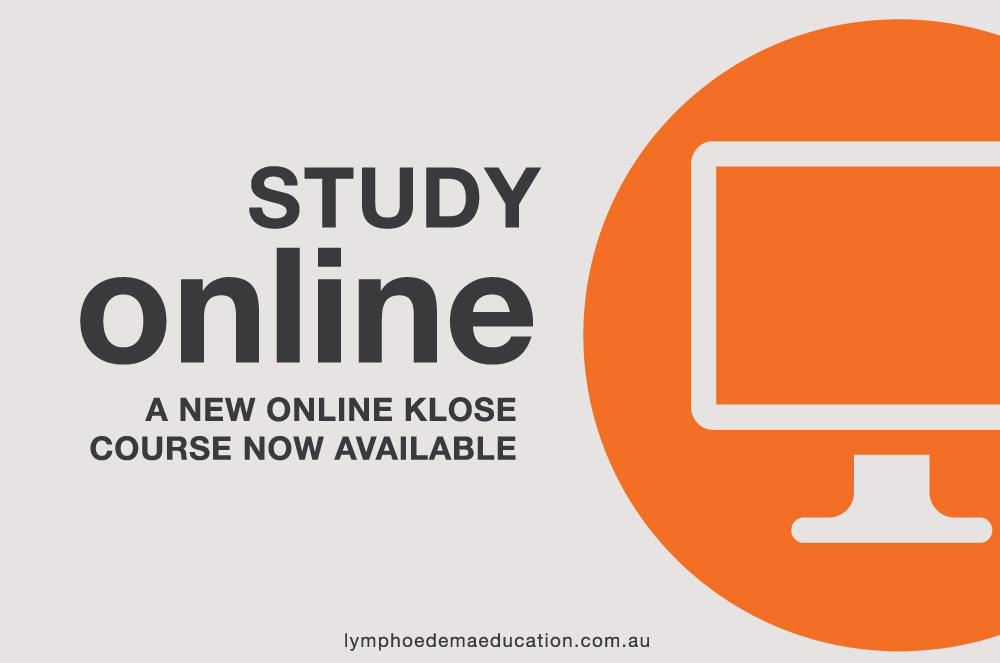Obesity and Obesity-Related Lymphoedema and Lipoedema
A new online course produced by KLOSE, presented by Tobias Bertsch, MD

Over the last few decades, there has been an exponential increase in obese and morbidly-obese patients world-wide, especially in developed countries. Obesity is a well-known trigger for a host of chronic diseases such as diabetes, hypertension, arthroses, etc. The impact of obesity on patients with lymphoedema and lipoedema is vastly underestimated and there are many misconceptions about obesity and its association with these diseases. Many myths negatively impact the treatment provided to patients suffering from lymphoedema and lipoedema.
The Obesity and Obesity-Related Lymphoedema and Lipoedema online course presented by Tobias Bertsch, MD, delves into the misconceptions related to obesity and offers evidence-based information that counters the myths. The course is subdivided in four “acts.”
In Act One, Dr. Bertsch explores the inter-relationship between lymphatic function and adipose tissue in healthy individuals. It explains the negative impact of lymphatic dysfunction on adipose tissue and how adipose tissue expansion (obesity) negatively impacts lymphatic function.
Act Two deals with the etiology of obesity and explains how genetic, epigenetic, biological, socio-cultural and psychological factors contribute to the development of obesity and morbid obesity. It also highlights how a tremendous increase in sugar consumption has led to an obesity epidemic in many countries.
Act Three provides helpful information on the differentiation of lipoedema, lipohypertrophy, and obesity, and offers an explanation of why patients with lipoedema suffer from subjective complaints, i.e. tissue sensitivity. It highlights obesity as a major cause/contributing factor of not only diabetes, hypertension, arthroses, and sleep apnea, but also lymphoedema and lipoedema.
Finally, in Act Four, a unique, comprehensive, multidisciplinary therapeutic approach is introduced which helps obese and morbidly-obese patients be successful in managing their disease over the long term. It further highlights why traditional approaches, such as diet and exercise alone are likely to fail to result in long-term weight loss in patients who are morbidly obese with a BMI ≥40. Patient case studies at the end of Act Four illustrate the tremendous therapeutic results that can be achieved with a multi-modal, multidisciplinary approach.
Providers must look at the whole picture, including diseases which lead to the lymphoedema and lipoedema, particularly obesity.
In summary, obesity is a very complex issue but must be addressed during treatment of patients suffering from lymphoedema and lipoedema. To assure long-term therapeutic success, it is not enough to just treat the lymphoedema or lipoedema. Providers must look at the whole picture, including diseases which lead to the lymphoedema and lipoedema, particularly obesity.


